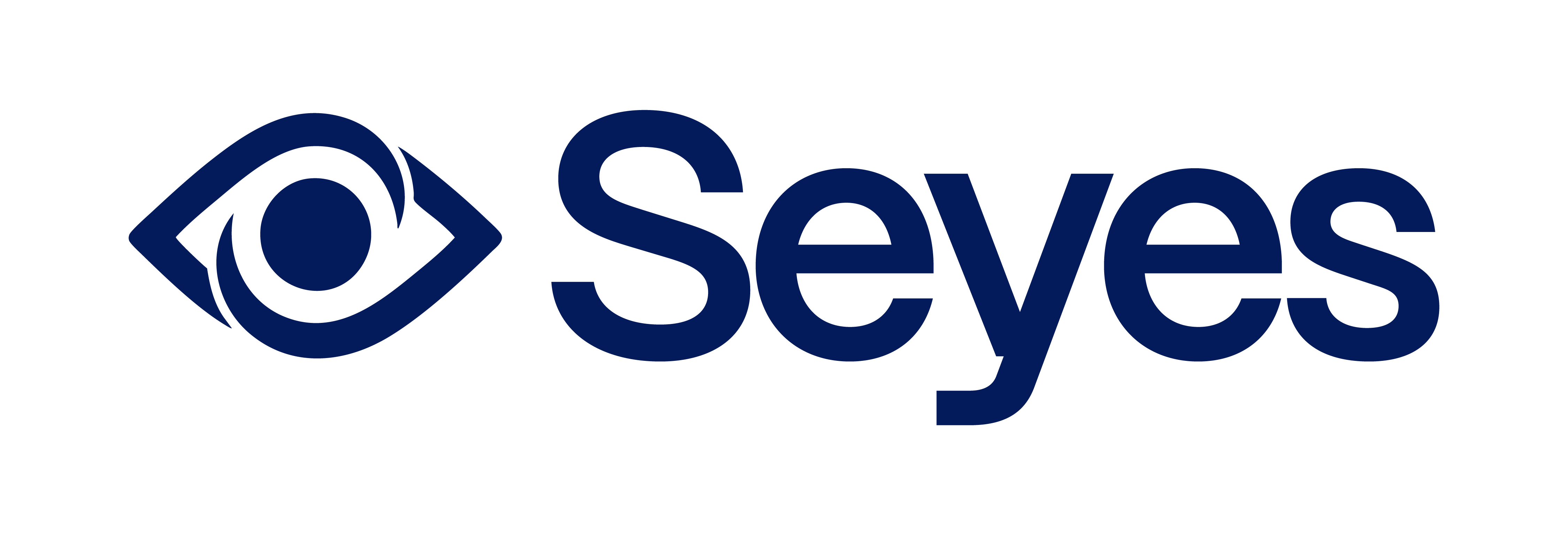Digital Eye Strain (Computer Vision Syndrome): Causes, Fixes, and What Actually Works

1. TL;DR
Digital eye strain is a combination of visual demand (focus and convergence) and surface issues (reduced blinking, tear evaporation). Most people improve with better ergonomics, frequent breaks, and dry-eye–friendly habits. Blue-light hype is overrated; lighting, distance, and breaks matter more.
2. What is digital eye strain?
Sometimes called “Computer Vision Syndrome,” it’s eye discomfort linked to prolonged screen use—desktops, laptops, tablets, and phones. It’s not just about the eyes: posture, lighting, and screen setup play big roles.
3. Common symptoms
- Tired, sore, or burning eyes
- Blur or fluctuating focus, especially late in the day
- Headaches around the brow/temples
- Light sensitivity or glare discomfort
- Dry, gritty sensation; watery eyes (paradoxical)
- Neck/shoulder tension from posture
4. Why it happens (the short version)
- Reduced blink rate: On screens, blink rate can drop by ~50%, which destabilizes the tear film.
- Continuous near focus: Ciliary muscles work to keep text clear; long stretches cause fatigue.
- Glare & contrast: Harsh lighting or reflections force your visual system to work harder.
- Posture & distance: Screens too high/close strain focusing and neck muscles.
5. Fixes that work (step-by-step)
- 20–20–20 rule: Every 20 minutes, look 20 feet away for 20 seconds. Set a gentle timer.
- Blink on purpose: During breaks, do 10 slow, full blinks. Consider “blink cues” (sticky note, phone reminder).
- Screen 20–28 inches away, slightly below eye level: Top of screen ~2–3 inches below your eye height.
- Increase text and zoom: Use larger fonts and proper contrast; avoid squinting.
- Balanced lighting: Soften overheads, add a desk lamp, reduce glare. Avoid facing bright windows.
- Use night/dark mode for comfort (not a cure-all): Pick what’s easiest to read.
- Consider task glasses: Single-vision “computer” prescription can reduce focusing effort if you’re symptomatic.
Glasses users: If you wear progressives, a dedicated computer pair can be a game changer for long desk sessions.
6. Screen, lighting, and environment
- Anti-glare: Matte screen protectors or anti-reflective coatings help in bright offices.
- Refresh rate: Higher refresh can reduce perceived flicker on some displays.
- Room setup: Keep background illumination similar to screen brightness; avoid high-contrast extremes.
- Posture: Feet flat, hips back, shoulders relaxed, wrists neutral. Small changes = big relief.
7. Dry eye overlap & relief tips
- Artificial tears: Preservative-free drops as needed; gels/ointments at night if recommended by your clinician.
- Warm compress + lid hygiene: Helps oil glands, stabilizing the tear film.
- Humidify: Indoor humidity 40–50% can help; avoid direct fans toward your face.
- Contact lens wearers: Consider reduced wear time on heavy screen days or talk to your provider about different materials.
Medication check: Some meds (and AC/heating) can worsen dryness—ask your provider if symptoms persist.
8. Kids & teens
- Encourage outdoor time; it helps overall visual comfort and healthy habits.
- Use bigger screens for schoolwork when possible; keep devices at arm’s length.
- Breaks matter: try 20–20–20 and movement every class period or study session.
9. Myths & nice-to-haves
Blue-light glasses fix everything
They may change comfort for some, but the biggest wins usually come from distance, breaks, blinking, lighting, and ergonomics.
Dark mode prevents eye strain
It can feel nicer in dim rooms, but readability and contrast trump theme choice. Use what lets you read effortlessly.
10. When to see an eye-care professional
Book an eye exam if you have persistent headaches, double vision, frequent blur, new floaters/flashes, eye pain, or if symptoms don’t improve with the steps above. You may need a prescription update or evaluation for dry eye or binocular vision issues.
Explore more
- Science
- Ingredient Sources & Transparency
- Lab Tests & Certifications
- American Foundation for the Blind
- Contact Us
Disclaimer: Educational content only; not medical advice. For personal guidance, consult your eye-care professional.

